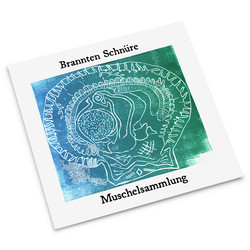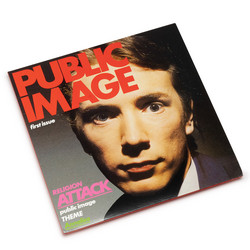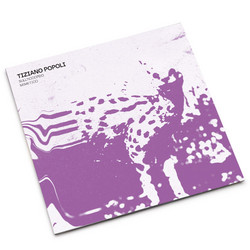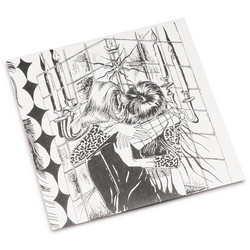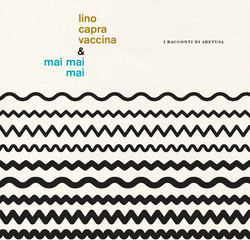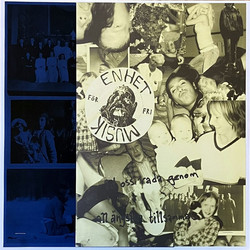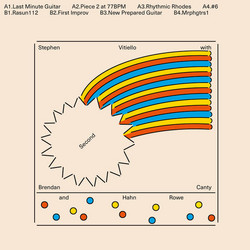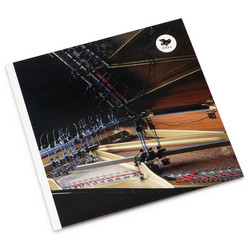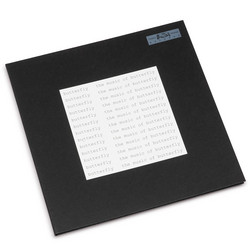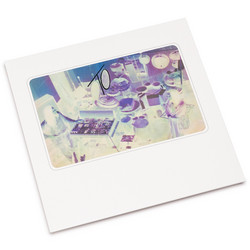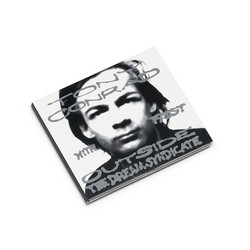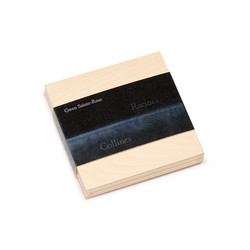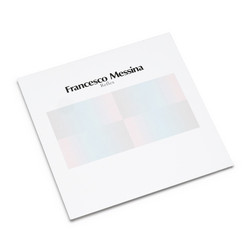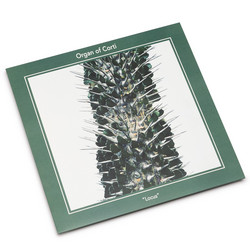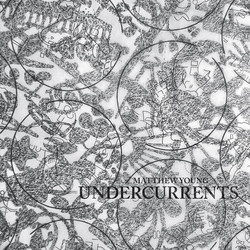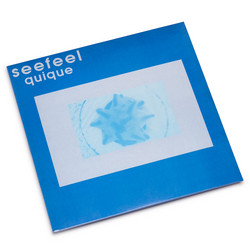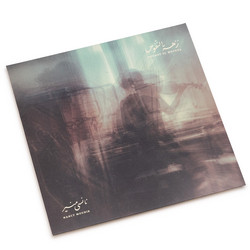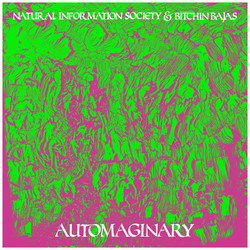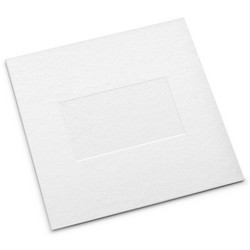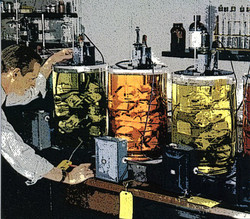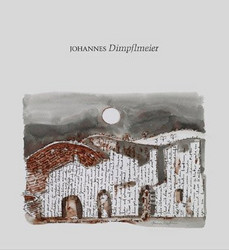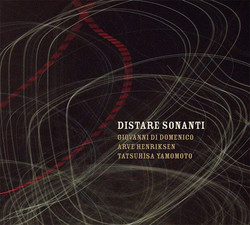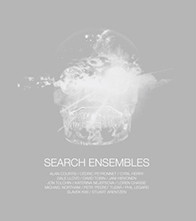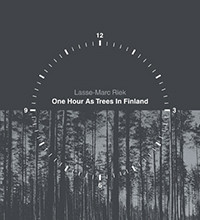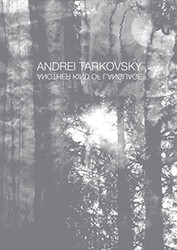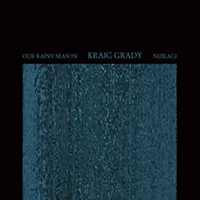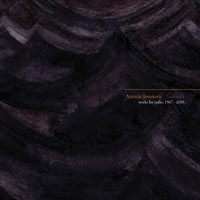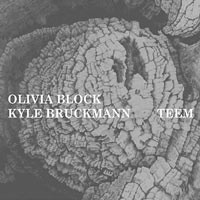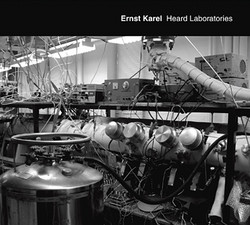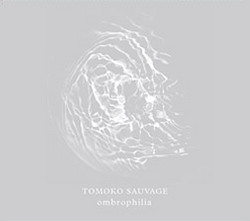All of the sounds used in this composition were produced by recording the bioelectrical field of a specimen of the Peyote cactus (Lophophora williamsii). A fascinating work that takes the listener into normally unheard realms. One Hour As A Plant was composed in 2003 for Ben Green's Resonance FM program called "One Hour As...". In 2005, Michael released a slightly shorter version (57:57 versus 61:02) himself on CDR under the title "One Hour As Peyote". After closely listening to both "OHAPlant" and "OHAPeyote", it was decided that the 61:02 "OHAPlant" version would be released on CD. This release will also be the first of a new sub-series called "One Hour As...". The plan is to mostly present new environmental sound work based on Ben Green's concept, plus a small number of works previously broadcast on the program (like this release and another one released by and/OAR in 2006 called Bordeaux TNT by Afflux).
Michael Prime presents himself as a sound ecologist, a title that describes his two passions: music and life. Active on the avant-garde music scene since 1985, he gained a solid reputation playing in electronic ensembles like Morphogenesis and Organum. Prime studied ecology and worked in that field for many years, conserving wildlife habitats in South London. This work led to the development of techniques used to translate environmental and organic sound sources into music. He co-founded the live electronic improvisation group Morphogenesis in 1985 with Roger Sutherland, Adam Bohman, Ron Briefel, Clive Hall, and Fred Sansom and released a string of records with them on Streamline, Paradigm, Vintage Electronic Records, and his own label Mycophile. In 1988, he started performing with the group Organum and released with them a 7" for Les Disques du Soleil et de l'Acier in 1989 and a string of CDs in the 1990s. He has collaborated with such avant-garde luminaries as Jim O'Rourke and Eddie Prevost and formed the group Negative Entropy in 1997 with Geert Feytons of Noise-Makers Fifes.
Michael Prime's art is mostly focused on letting the listener hear sounds that surround him but of which he remains unaware. This goes from the choice of environments in which he performs (caves, railroad tunnels, forests) to the type of sound sources he uses. On his 1998 CD Domestic Science he manipulated sounds from household appliances like a refrigerator and a washing machine. But his most influential album is the 2000 release L-Fields on which he ingeniously uses bioelectric recordings of hallucinogenic plants to create haunting electro-acoustic works. He developed a technique allowing him to interact with plants, translating variations in their bioelectrical field into sound produced by an oscillator. He performed live with plants on numerous occasions.
